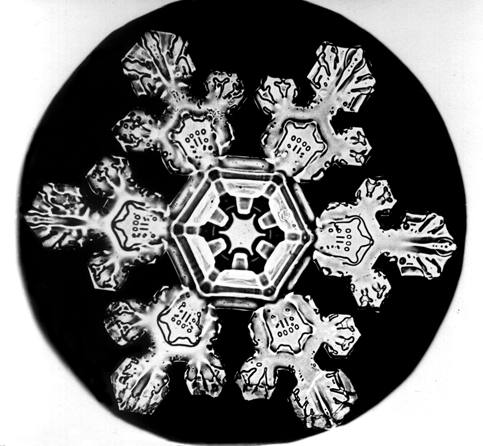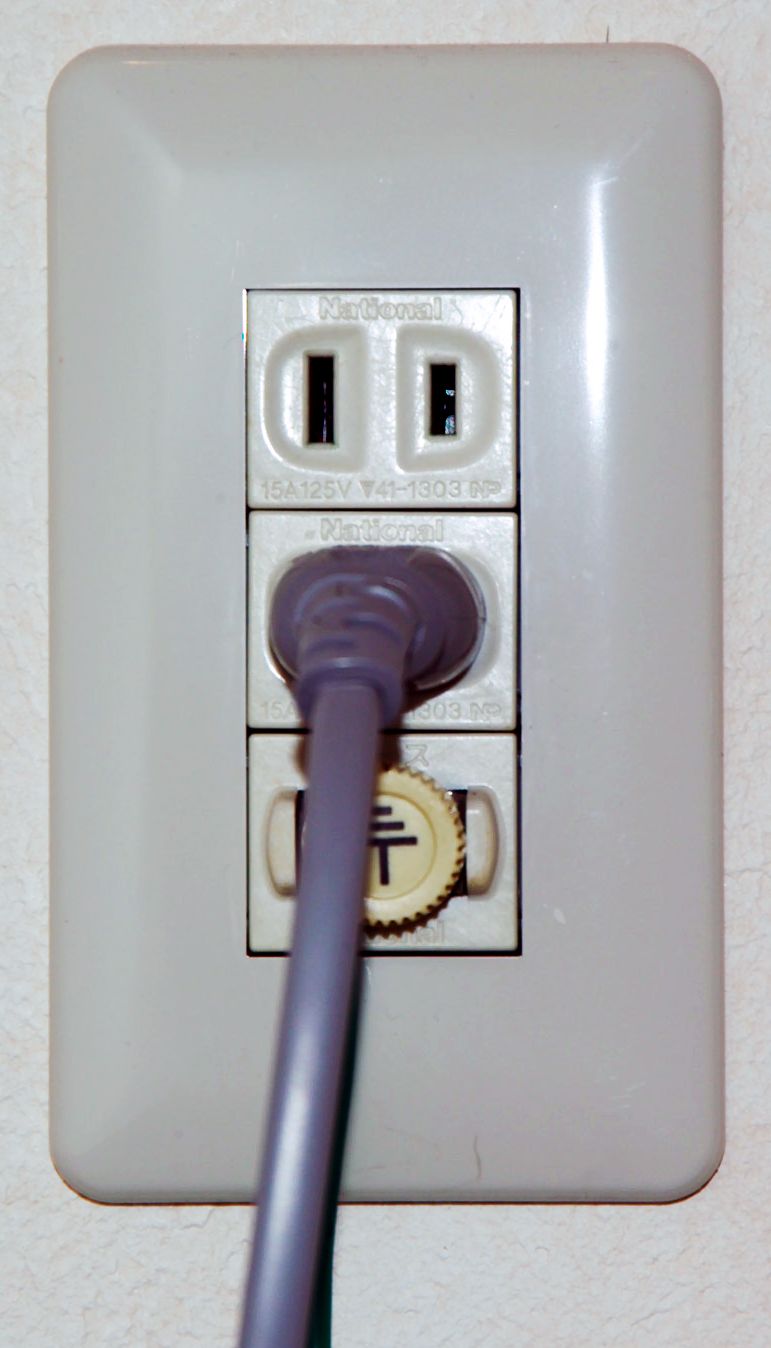Found this in Greentech Blog about how
monetary rewards trump morals.
Always interested in a contrarian position. The above thesis flys in the face of many recent findings regarding the
mechanics of social interactions.
So which is a better model of reality? Perhaps they both are because there is a subtle difference. They make different assumptions at the outset. Morals are perhaps more of a personal construct or rule of thumb amassed from societal pressures internalized by the individual. Pure raw local group pressures are perhaps more direct. And morals (with a very narrow definition) might lag pure group pressure. That is perhaps not saying it with all the nuance needed.
Alexander Pentland's book
Social Physics maybe is a good place for an overview of the raw peer pressure point.
In brief - moral suasion directed to the individual as in the Japanese study cited by Greentech is perhaps orthogonal to pure direct peer pressure. And there are issues with the Japanese study regarding "top down control" of the programme, versus the local social aspects of how communities might apply pressure locally.
So there are perhaps three ways to motivate: (in the order they seem most effective).
Direct and immediate social pressure from your immediate local peer group. This has been found to stick. Even after the "setup", "message" or "incentive" is removed. It "becomes" morality. It is like a sort of ghost memory of the motivation pressure. And are apparently roughly a half order of magnitude more effective than monetary rewards.
With monetary rewards the problem is that morality and social pressures kick back in after financial incentives are removed. Monetary rewards are effective while they are ongoing, but their imprint fades (and sometimes even goes negative) after the incentives are removed. There is conditioning for expectation of reward. Rewards do not, by themselves, create morality.
Moral suasion or suggestions based on existing moral baselines. Again if the suggestions are removed, then individuals revert to their easy self serving behaviour. We forget. We rationalize.
The keys seem roughly as follows:
Socially based best practice approaches are self serving. If you serve the group well, if you give well, then the rewards to the self are socially large. Monetary or economic incentives come next. And they are followed in effectiveness by appeals to an existing general (perhaps somewhat nebulous) moral framework.
So how might this translate into practice? Back to the Japanese example there should have been four groups in the study: The three cited - control, moral suggestion, and monetary as well as one more. The last is slightly more tricky to construct - but not much more. It is an incentive based on feedback of how well six to ten of your immediate neighbours are doing. You are given "value" (okay generally monetary, but it could simply be praise or goodwill) based on how well your peer group does in aggregate. And there are constraints. You have to regularly communicate face to face with your "neighbours". From this point of view your neighbours may not be physically adjacent but a group formed of your co-workers or firends (or family) (with similar target infrastructure of course) with whom you interact every day.
Pentland's
tidbits on social physics are rather thought provoking. Ineffectivness of loose social network pressure (Facebook) was a shock, but not exactly a surprise once one thought about it a bit. Moral pressure, loose nebulous social pressure, and direct local peer pressure are often lumped together,
but can be very different things.








